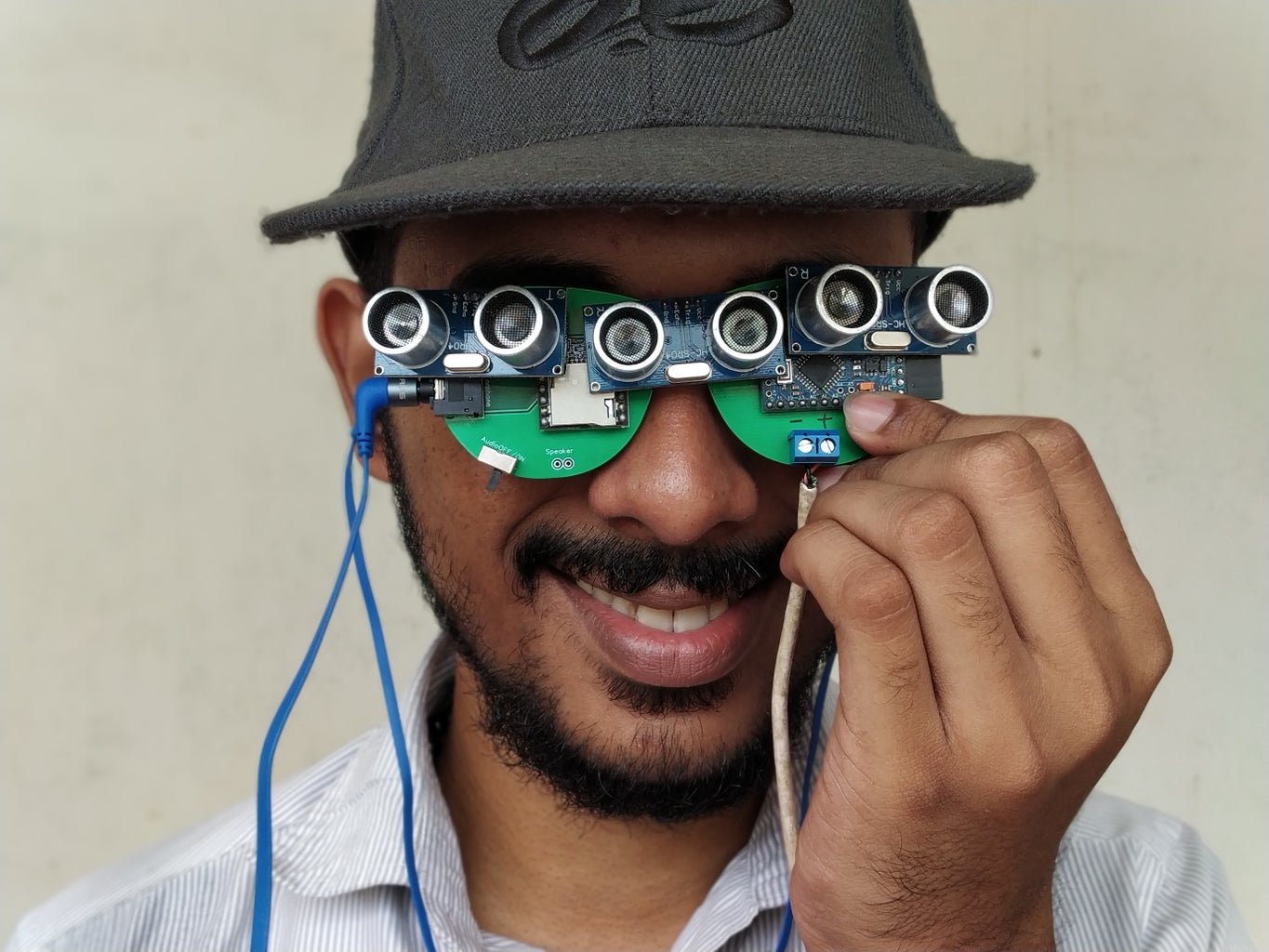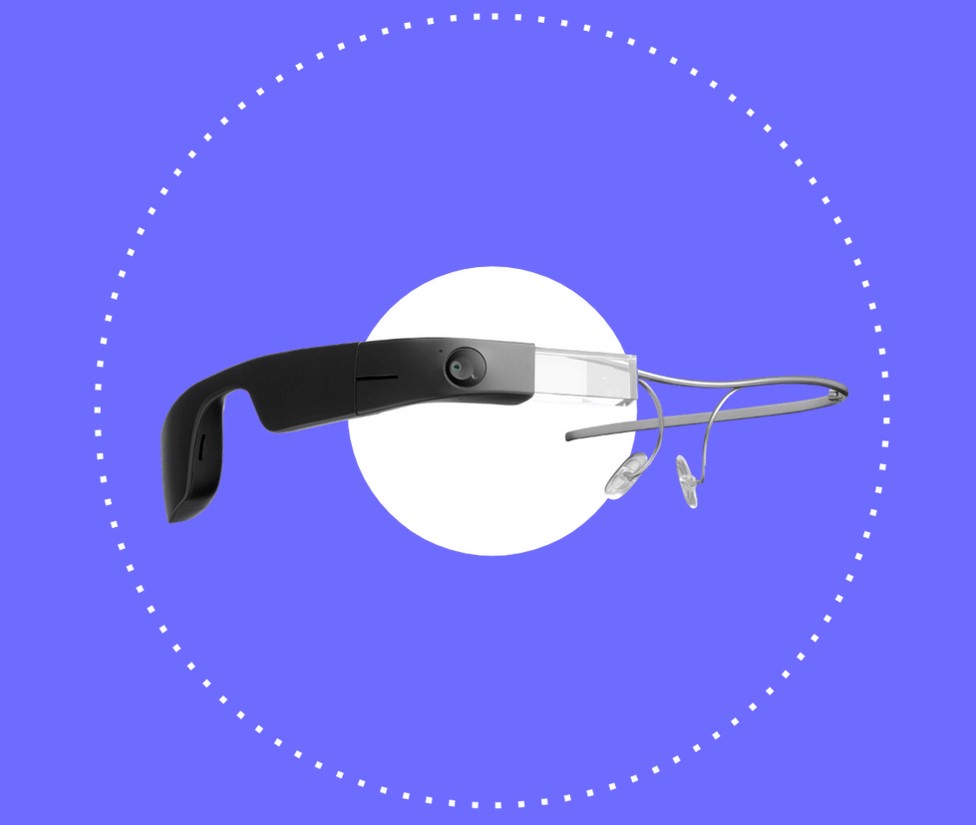AI-Powered Visual Aids: The Next Step in Assistive Technology for the Blind
AI-Powered Visual Aids: The Next Step in Assistive Technology for the Blind
Blog Article
Ingenious Solutions in Assistive Modern Technology for Visual Impairment
The landscape of assistive technology for visual impairment is developing quickly, providing an array of cutting-edge remedies that boost availability and freedom. From sophisticated smart device applications that assist in navigating to wearable gadgets made for real-time support, these tools are reshaping the experiences of those with aesthetic impairments. Furthermore, the combination of clever home technologies and academic sources has the potential to foster better area interaction. Nevertheless, the effects of these advancements increase essential concerns about their availability and performance in diverse contexts, necessitating a better evaluation of their wider impact.
Improvements in Mobile Phone Applications
Over the last few years, innovations in smart device applications have actually dramatically changed the landscape of assistive technology for individuals with aesthetic disabilities. These applications utilize the powerful sensors and abilities of contemporary smart devices to provide individuals with devices that improve independence and ease of access in their daily lives.
Remarkable amongst these technologies are applications created for object acknowledgment, which utilize the smart device's camera to determine things and supply spoken descriptions. Such attributes empower users to navigate their environments better, whether identifying products in stores or situating individual items in your home. In addition, text-to-speech applications have actually enhanced significantly, allowing customers to catch printed text with their tool's camera and get instant sound feedback, thereby facilitating reading and comprehension.
Community-driven applications have promoted social interaction and source sharing amongst people with aesthetic impairments, developing a helpful network that boosts their high quality of life. On the whole, smartphone applications have ended up being indispensable allies in promoting freedom and accessibility for people with aesthetic impairments.
Wearable Tools for Navigating
Wearable gadgets for navigating have actually arised as a groundbreaking solution for people with aesthetic impairments, providing hands-free aid that enhances movement and positioning. These tools usually use sophisticated innovations, consisting of GPS, ultrasonic sensors, and expert system, to provide real-time comments and direction to individuals as they navigate their environment.
One notable example of wearable navigation technology is clever glasses, which can find barriers and relay auditory or haptic responses to the user, permitting for efficient and safe movement in different settings. Various other tools, such as vests and belts equipped with sensing units, can likewise educate customers of their environments by providing notifies about neighboring objects or changes in surface.
In addition, lots of wearable devices integrate with smart device applications, making it possible for individuals to personalize their navigating preferences and obtain customized route ideas. This personalization can considerably boost the user experience, encouraging individuals to take a trip with greater self-confidence and independence.
As technology proceeds to develop, the capacity for wearable navigating gadgets to enhance the top quality of life for individuals with visual problems stays significant, leading the way for more inclusive and obtainable settings.
Smart Home Technology Assimilation

Additionally, clever appliances furnished with tactile interfaces or auditory responses offer user-friendly interactions that cater especially to the requirements of those with visual problems. Smart fridges can introduce their components and expiration days, while smart stoves can assist individuals through the food preparation process with audio guidelines.
Home automation what do you need to be an optometrist systems, such as wise buzzers and security video cameras, use comfort by enabling individuals to obtain signals and access live feeds using their mobile gadgets, boosting individual security (AI-powered visual aids). Additionally, combination with tablet computers and smartphones makes certain that users can manage their home atmosphere from anywhere within their facilities
As clever home technology remains to progress, it holds the possible to transform the living experiences of individuals with aesthetic impairments, cultivating freedom and enhancing quality of life in a significantly connected globe.

Educational Equipment and Resources
Access to effective instructional devices and sources is crucial for people with aesthetic impairments, as it empowers them to engage completely in their learning experiences. Numerous assistive technologies have been created to enhance access and foster independent knowing. Display viewers, as an example, convert message right into speech, enabling pupils to accessibility digital content flawlessly. AI-powered visual aids. In addition, refreshable braille display screens supply tactile comments, making it much easier for learners to connect with created material.
Moreover, academic software particularly made for aesthetically damaged customers supplies attributes such as high-contrast modes and personalized message dimensions. These tools fit diverse understanding styles and ensure that students can tailor their educational experience to their demands.
In addition, accessibility to digital collections and audio publications broadens the variety of available learning materials, enabling pupils to explore subjects detailed without the restrictions imposed by typical print sources. Collective platforms that integrate access functions also help with team jobs, guaranteeing that visually damaged students can add meaningfully together with their peers.
Neighborhood Support and Engagement
A robust network of community support and engagement is crucial for people with visual impairments, cultivating an inclusive setting where they can flourish. Community companies, regional campaigning for groups, and volunteers play a crucial duty in giving resources, details, and companionship, which are crucial for boosting the quality of life for those influenced by aesthetic disabilities.
Involvement tasks such as workshops, get-togethers, and assistance groups not only help with skill growth however also advertise social interaction, reducing sensations of isolation. These initiatives urge people to share experiences, obstacles, and successes, thereby enhancing area bonds. In addition, collaborations with neighborhood companies can bring about better access in public spaces, additionally incorporating people with visual disabilities right into the neighborhood.
Technology also enhances area involvement via on the internet systems that use online support groups news and sources, allowing individuals to link no matter of geographical barriers. By utilizing both electronic and in-person remedies, areas can develop a comprehensive support network. Inevitably, fostering cooperation amongst various stakeholders-- including families, educators, and healthcare professionals-- makes certain that people with visual disabilities obtain the holistic assistance essential to browse everyday life successfully and with self-respect.
Verdict
Cutting-edge options in assistive innovation for aesthetic problems substantially boost the quality of life for individuals facing these obstacles. The assimilation of smart device applications, wearable gadgets, clever home innovation, and instructional tools cultivates higher self-reliance and access.
The landscape of assistive innovation for aesthetic problems is evolving swiftly, providing a range of cutting-edge options that improve access and independence. Community-driven applications have actually cultivated social interaction and source sharing among people with visual problems, producing an encouraging network that improves their top quality of life. Generally, smartphone applications have actually ended up being important allies in advertising autonomy and access for individuals with aesthetic problems.
Numerous individuals with site visual impairments are finding better autonomy via the combination of smart home modern technology.Innovative remedies in assistive technology for aesthetic disability significantly boost the top quality of life for people encountering these challenges.
Report this page